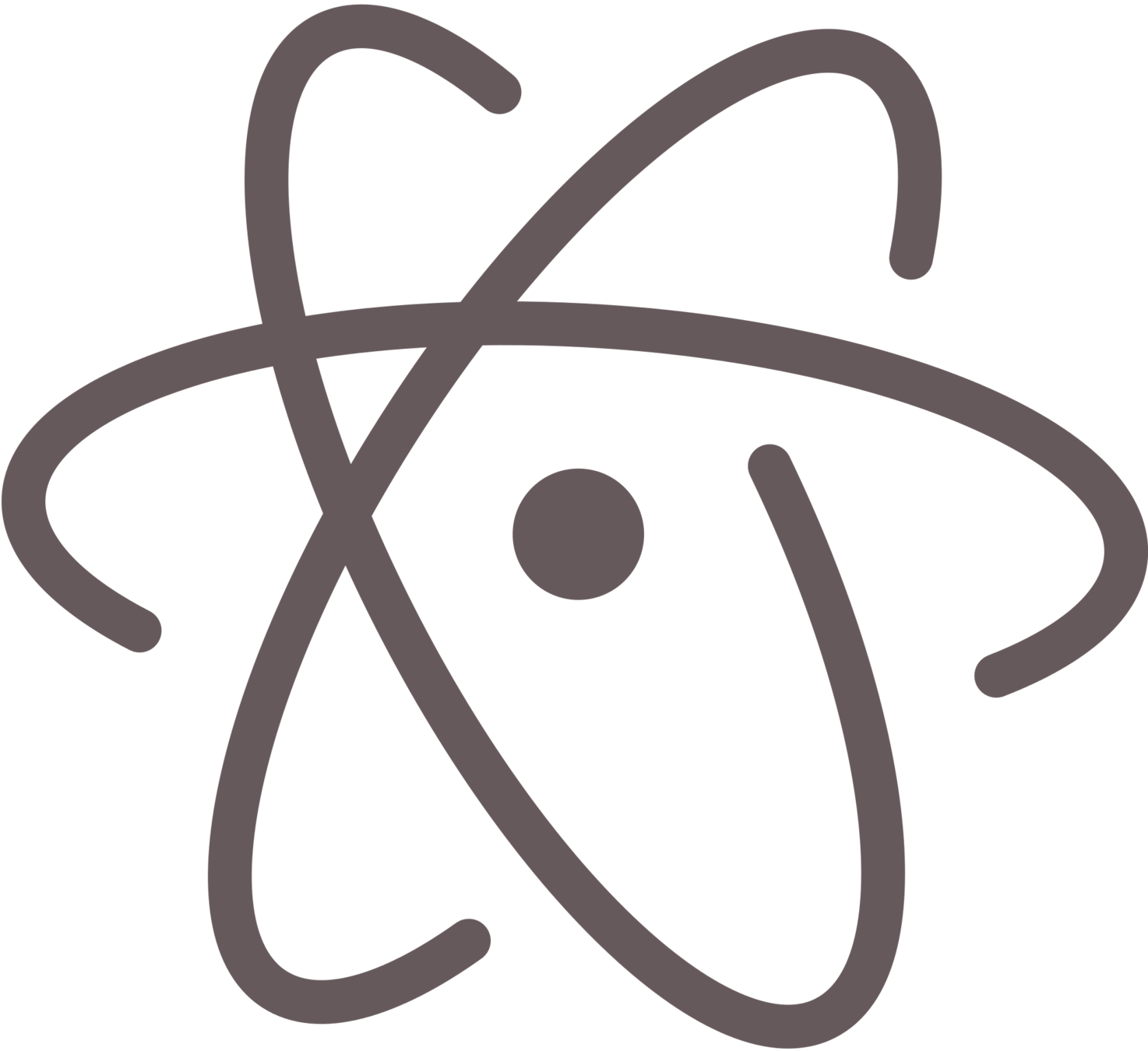A short introduction to SIESTA
*****************************
* WELCOME TO SIESTA *
*****************************
What Do you need?
- The code
- The main input file
- The pseudopotentials
- The manual:https://siesta-project.org/SIESTA_MATERIAL/Docs/Manuals/manuals.html
- Tutorials, lectures, talks: http://google.com
The main input file
- Data can be given by any order
- Omitted data -> default values
- Syntax: 'data label' followed by its value
Character string: SystemLabel water
Integer number: NumberOfAtoms 42
Physical magnitude: LatticeConstant 1.37 Ang
Logical: SpinOrbit true
Complex data structures: %block LatticeVectors
1.0 0.0 0.0
0.0 1.0 0.0
0.0 0.0 1.0
%endblock LatticeVectors - Labels are case insensitive and characters -_. are ignored LatticeConstant is eq.ui-val_en_t to lattice_constant
Mandatory variables: General system descriptors
SystemName: descriptive name of the system
SystemLabel: nickname of the system to name output files
SystemLabel Si (After a successful run, you should have files like
Si.DM : Density matrix
Si.XV: Final positions and velocities
Si.bands: Electronic band structure
Si.DOS: Total density of states ...and many more, depending on your requests)
Mandatory variables: Structural and geometrical variables
NumberOfAtoms: 2 #number of atoms in the simulation box NumberOfSpecies: 1 #number of different atomic species
#ChemicalSpeciesLabel: specify the different chemical species
%block ChemicalSpeciesLabel
1 14 Si # index, atomic weight, Si.psf
2 42 Mo # index, atomic weight, Mo.psf
%endblock ChemicalSpeciesLabel
Control the convergence
Functionals and authors:
- GGA (PBE, revPBE, PBEsol, WC, BLYP)
- LDA (CA, PZ)
- VDW (DRSLL)
Basis-size: PAO.BasisSize: SZ
DZ
SZP
DZP
K-sampling: Monkhorst-Pack
Eggbox effect
Real space grid is used to calculate the 3 center integrals
grid points
orbital
Forces are more affected than energy
Important for very precise relaxations and phonon calculations
Solution: MeshCutOff
Convergence rarely achievable under 200 Ry
In case of spin-orbit interaction > 1000 Ry
How to run SIESTA?
[path_to_siesta]/siesta < myinput.fdf > myoutput1st Example: dimers
Your mission, should you choose to accept it...
- Choose an element from the periodic table
- Find out the bond length



2nd Example: Al bulk
Your mission, should you choose to accept it...
Study the convergence of the structural and electronic properties of a metal with respect the first Brillouin zone sampling

- Find out the stable, relaxed configure
- Calculate the band structure
- Calculate the DOS
Task: Fermi velocity of graphene
Your mission, should you choose to accept it...
Figure out the Fermi velocity for graphene!

- Graphene is a hexagon formed by carbon atoms
- Two atoms in the unit cell
- Find out the optimized structure from SIESTA
- Calculate the band structure near K point
- Evaluate the Fermi velocity
A short introduction to SIESTA
By novidad21
A short introduction to SIESTA
- 1,740



